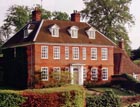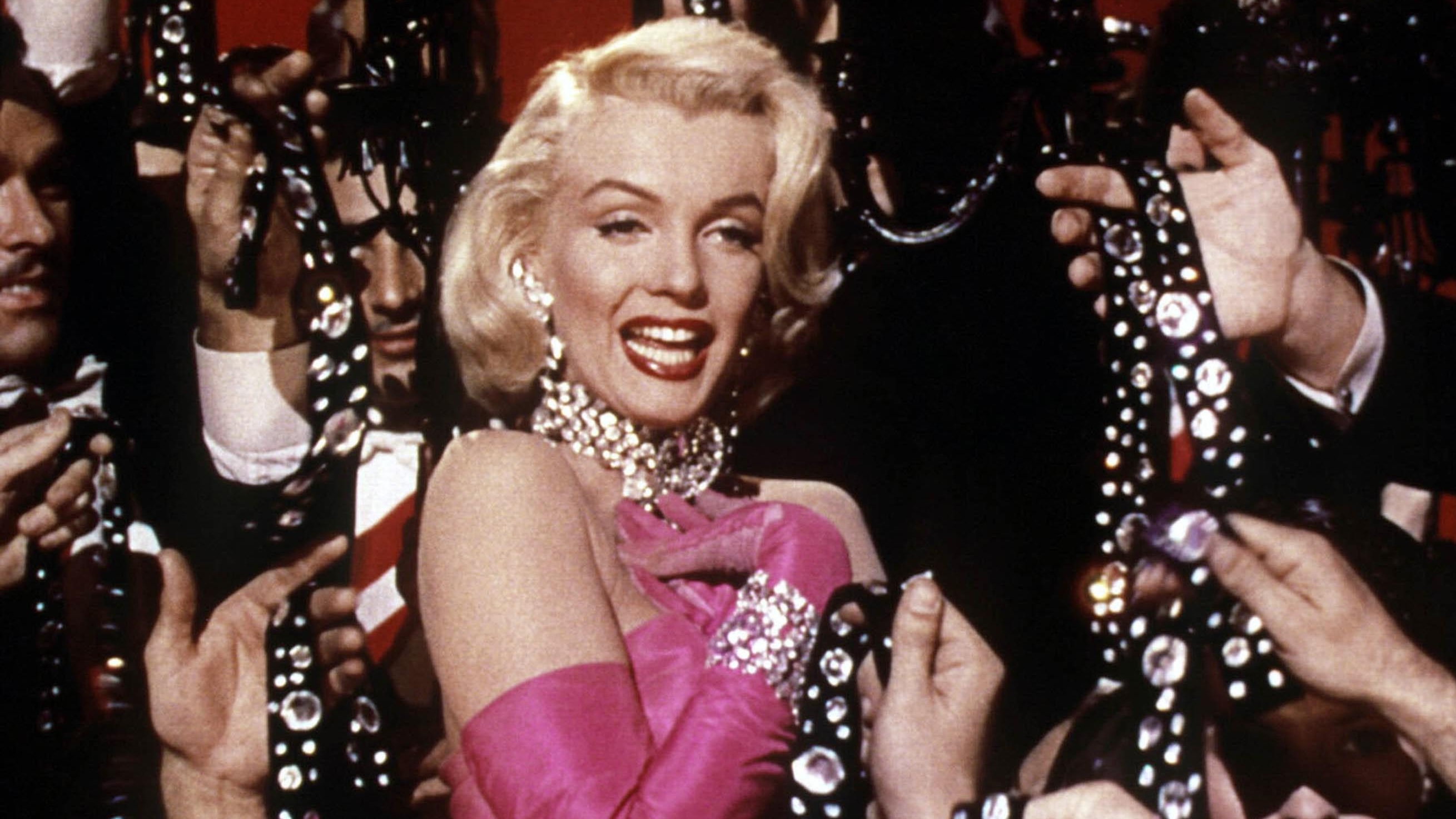Speciality of the House
Sometimes it is a question of whether the buyers, not the properties, can make the grade.


Special houses need special owners, which may be why some outstanding country houses, listed Grade I or Grade II*, take longer to sell than those of the less-demanding Grade II variety. Certainly, the various owners of Grade II*listed Inkpen House near Hungerford, Berkshire described in Country Life (February 19, 1943) as a 'perfectly preserved miniature William-and-Mary country house' set in 18 acres of historic gardens, grounds and woodland have not been lacking in character.
Inkpen House was built in about 1695, when Dr Colwell Brickenden, the rector of Inkpen, inherited the nearby Titcomb estate in Kintbury on the death of his elder brother, and straight away rebuilt the rectory to house himself and his seven children in a manner befitting their new situation.
According to Country Life, the new house, with its miniature Versailles gardens inspired by André Le Notre, was 'an exact contemporary, and of similar size, to the exquisite Moot House at Downton, near Salisbury'. Later, following a disputed election, Dr Brickenden was appointed Master of Pembroke College, Oxford, in 1710, but died of apoplexy four years later.
In 1933, the former rectory was sold by the Church Commissioners, and bought in 1938 by Lt-Col T. H. du Boulay and his wife, who, during the war years, singlehandedly restored much of the gardens while her husband was away on active service. More recently, Inkpen House was owned by the late Sir Fred Warner, the forthright former British ambassador to Japan, who sold it to the Royal Institute of Chartered Surveyors past-president David Male some 12 years ago.
Now, Savills (020?7409 8823) have the job of finding the right buyer at £5.5 million for this classic country house, which has four fine reception rooms, seven bedrooms, four bathrooms, and 'wonderful vistas' from every room.
This article first appeared in Country Life magazine on July 20, 2006.
Sign up for the Country Life Newsletter
Exquisite houses, the beauty of Nature, and how to get the most from your life, straight to your inbox.
Country Life is unlike any other magazine: the only glossy weekly on the newsstand and the only magazine that has been guest-edited by HRH The King not once, but twice. It is a celebration of modern rural life and all its diverse joys and pleasures — that was first published in Queen Victoria's Diamond Jubilee year. Our eclectic mixture of witty and informative content — from the most up-to-date property news and commentary and a coveted glimpse inside some of the UK's best houses and gardens, to gardening, the arts and interior design, written by experts in their field — still cannot be found in print or online, anywhere else.
-
 Diamonds are everyone's best friend: The enduring appeal of one of Nature's sparkliest treasures
Diamonds are everyone's best friend: The enduring appeal of one of Nature's sparkliest treasuresEvery diamond has a story to tell and each of us deserves to fall in love with one.
By Jonathan Self
-
 RHS Chelsea Flower Show: Everything you need to know, plus our top tips and tricks
RHS Chelsea Flower Show: Everything you need to know, plus our top tips and tricksCountry Life editors and contributor share their tips and tricks for making the most of Chelsea.
By Amie Elizabeth White